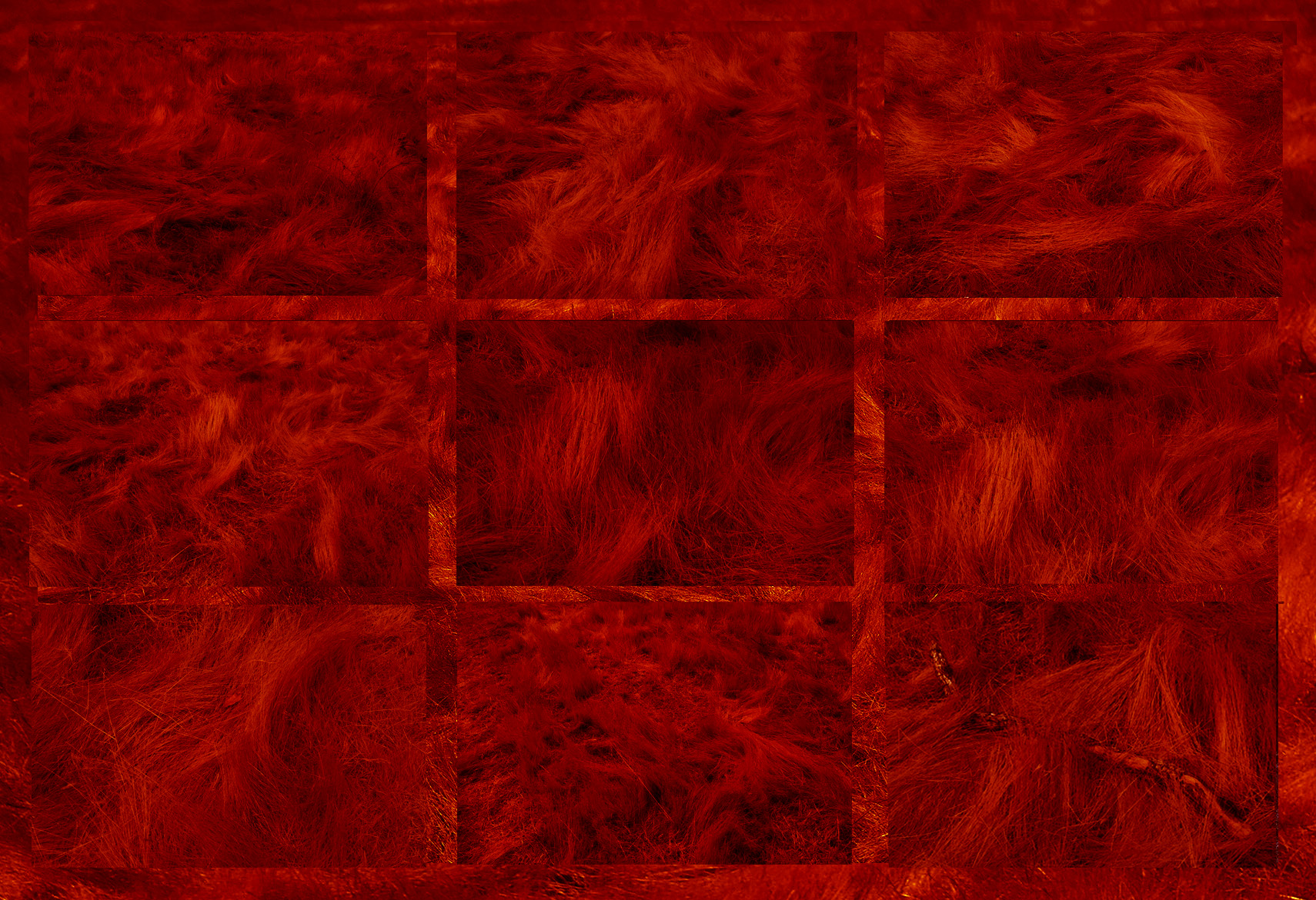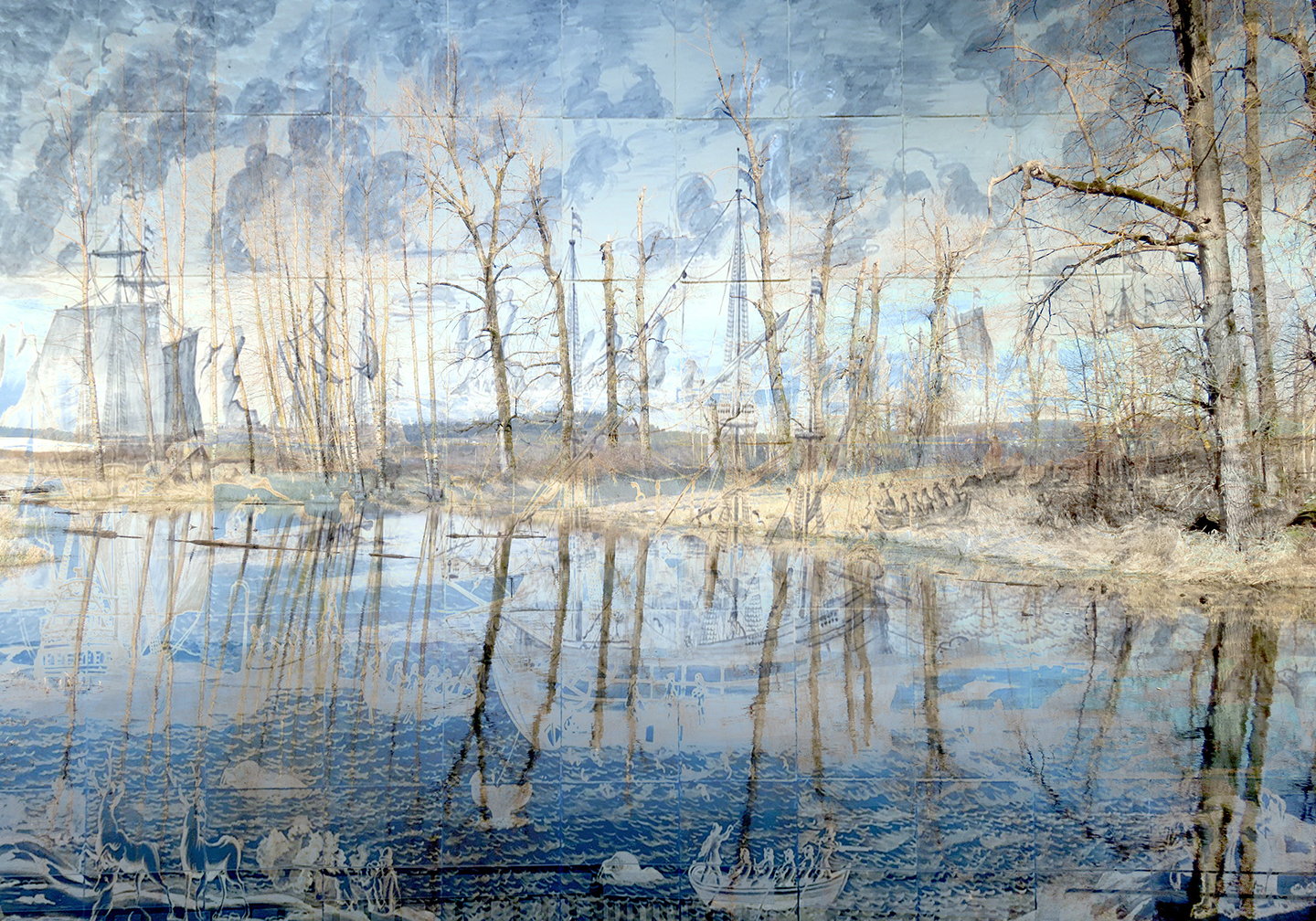Let me add to the lot of mind-boggling concepts I introduced this week – Fontana’s sound sculptures made of environment-specific noises, Hoyt’s Afro-Sonic Mapping, the Caretaker’s musical representations of the slide into dementia – one more maven who is a game changer with communicating ideas by means of auditory output: Kristen Gallerneaux.
To call her a renaissance woman is likely an understatement. She is a sound-based artist, curator, and sonic researcher with a Ph.D. in Art Practice & Media History (UC San Diego), an MA in Folklore (University of Oregon), and an MFA in Art (Wayne State University), as well as the Curator of Communication and Information Technology at The Henry Ford Museum in Detroit, Michigan, where she is in charge of one of the largest historical technology collections in North America. She writes for a variety of scholarly and popular journals, and her 2018 book High Static, Dead Lines was well received.

One of the most fascinating aspects of her explorations is for me the fact that this highly educated, scientifically versed woman does not shy away from topics that might elicit eye-rolling at best and ridicule at worst among her academic peers: the pursuit of sounds associated with a paranormal culture, the possibility of sonic spectres, the idea that objects have a life of their own beyond their relationship to humans (object-oriented ontology.)
I don’t care where unusual interests get started – in her case perhaps with the confluence of upbringing in a Spiritualist household, the lasting damage done to her hearing by badly treated childhood diseases that led to sound-distortions or – generation, or an immersion in folklore and/or narratives from her Métis ancestry (the folks from intermarriage between the first French settlers and the indigenous populations of her native Canada.) I do admire when those interests become passions, ignoring academic head winds and/or popular approval while searching for answers for tricky questions. And I gladly expose myself to unusual topics when they are offered in an approachable way, with clarity, directness and lack of pretensions, as her work does in spades, writing and compositions alike. Plus how can you not be curios about an artist who answers the question of whether she believes in the supernatural with this gem:
“…as for the question “Do you or do you not believe?,” I usually find myself citing one of my particularly witchy academic mentors, who once said, “I don’t believe in ghosts, but I’ve met them plenty.” It perfectly summed up my noncommittal, gray-zone syncretic beliefs.”

One of my favorite examples of her work is a sound and video exploration of a phenomenon called The Hum. Perhaps acoustic, perhaps psychological, it is a consistent, low-pitched noise or vibration, experienced by a small percentage of people across the world (often plagued by subsequent dizziness, headaches and insomnia) – in Auckland and Taos, in Bristol and until 2020 in Windsor, Ontario. You can find a worldwide map of reports here. Most dispatches come from urban areas, which suggests it might be industrial or urban low frequency noise pollution. Except it isn’t. There are not many scientific studies of this experience, but the ones that we have exclude natural sources (aurorae, lightning, meteors, volcanoes, waterfalls and ocean waves) as well as radio waves or microwave equivalents. Acoustic sources are unlikely, because if you bring multiple Hum experiencers into a room they all match the Hum to different acoustic frequencies. People are now exploring internal neurological processes for lack of satisfying external signal explanations, but here and now we simply do not know what’s going on. One might, of course, ask why should Auckland, for example, have a higher percentage of people with internal neurological quirks than, say, Sidney? Or why does the Hum disappear when industrial steel mills cease operations (like they did last year in Windsor, Canada?)
In any case the black& white video about the Hum is a terrific example of being open to variable explanations and pursuing them with intellectual rigor as well as visual tricks that allow us to believe in gray zones, after all.

For once, let me run with a wild fantasy. Let’s assume we organize a scéance and Gallerneaux is willing to attend. She might want to call on communing with Caroline Furness Jayne. Who, you ask? Jaynes is the author of a 1906 book on string figures, found globally. Known to us as cat’s cradle, they come in immense variations, and are apparently developed completely independently across world cultures. We know little about Jayne (bios are padded with info about her more famous parents and/or son) other than that she was interested in ethnological studies, a consummate traveler, dead for unknown reasons at age 36. Inspired by anthropologist Frans Boas, she researched scientific papers on string figures and published an anthology with places, names and instructions on how to generate these complicated cat’s cradles. You can find the book and the drawings here. And Gallineaux recently released music (Strung Figures, a terrific album) based on the book and those string figures, at the artist’s band camp site.

Surprise! Not Jayne, it is Harry Everett Smith who appears. (I’ve never attended a scéance, so give me some slack in making this all up.) Who he? Come on: The Magus with a magpie mind, as someone once called him, compiled the six-record collection Anthology of American Folk Music. But he was also declared to be an “anthropologist, ethnomusicologist, abstract painter, experimental filmmaker, and full-time eccentric. Smith’s interest in exposing unseen connections — his own form of artistic alchemy — drew him to create artwork that brought together diverse elements in new and exciting combinations.”(Ref.)
Sounds like a soul mate to Gallineaux, particularly when you now add that he was deeply interested in all things occult and worked with string figures. Here is a sampling from an exhibition of his string figures in Brooklyn, 9 years ago. Smith left an unfinished thousand-page manuscript on the practice, with some plainly false claims, I’d add, having skimmed some excerpts. But I’m sure he and today’s sound artist would have a lot to talk about.
Except that he, eschewing academics, might not grasp the mathematical connections to knot theory, and pictorial topology. I bet the bank she would. And, more importantly, be able to teach all of us about it in ways that we can grasp. In the meantime, let’s go dance to Finger Catch from Strung Figures.

Photographs today from fields of dried grass, windswept, where the only noise other than the occasionally lowing cow was the rustle when the breeze appeared. How could it not remind me of visualized sound waves?

.









